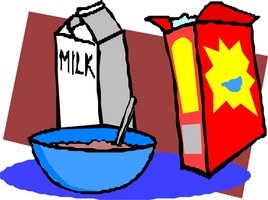Everyone loves a “side” with their sandwich. Here’s some approximate calories counts (portion sizes and contents always vary depending on who makes or serves them). Which would you choose?
French fries (from frozen);10 pieces of 3½ to 4 inch deep fried strips: 249 calories; 13.38g fat; 29.27g carbs; 2.93g protein
French fries, deep fried; one medium fast food order: 427 calories; 22.8g fat; 50.25g carbs; 5.04g protein
Coleslaw with dressing; 1 cup: 269 calories; 23.64g fat; 14.08g carbs; 2.36g protein




